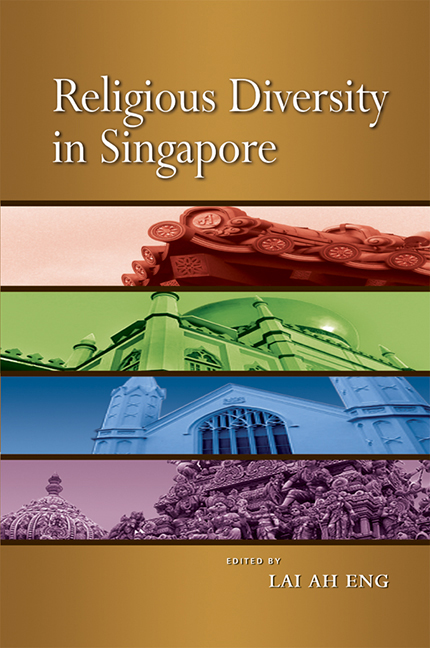Book contents
- Frontmatter
- Contents
- List of Figures and Tables
- List of Appendices
- FOREWORD
- PREFACE
- Acknowledgements
- The Contributors
- Abbreviations
- Glossary
- INTRODUCTION
- PART I The Landscape of Religious Diversity
- PART II Religion in Schools and Among the Young
- PART III Religion in the Media
- PART IV Religious Organizations in Social Services
- PART V Interfaith Issues and Interaction
- Index
PREFACE
Published online by Cambridge University Press: 21 October 2015
- Frontmatter
- Contents
- List of Figures and Tables
- List of Appendices
- FOREWORD
- PREFACE
- Acknowledgements
- The Contributors
- Abbreviations
- Glossary
- INTRODUCTION
- PART I The Landscape of Religious Diversity
- PART II Religion in Schools and Among the Young
- PART III Religion in the Media
- PART IV Religious Organizations in Social Services
- PART V Interfaith Issues and Interaction
- Index
Summary
This book is the outcome of a three-year research project led by my colleague, Dr Lai Ah Eng. The project's objectives were threefold: to identify key trends and issues pertaining to religious harmony in Singapore; to offer insights and suggestions to policy-makers; and to contribute to inter-religious understanding and harmony. These objectives are also consistent with IPS’ mission of undertaking strategic policy research and of building bridges among our diverse communities and stakeholders.
It is never easy to undertake research on religion because of the potential sensitivities. It becomes all the more difficult when we study religion at a time when it has been politicized and hijacked by violent groups to further their political agendas. But, for that very reason, this book is both timely and significant. The attention to religious revivalism, ethno-religious issues, inter-religious interaction and intra-religious divisions further adds to the book's importance.
Given the challenging nature of the project, it was necessarily a long and arduous journey and it required the collective effort of many good people. Among them were academics, religious practitioners and graduate students from a range of disciplines and backgrounds. Without their diligence, commitment, objectivity and courage, this book would not have been possible.
On behalf of IPS, I would like to thank each and every one of the contributors to this book. IPS is also indebted to President S.R. Nathan who so kindly agreed to write the Foreword to this book.
I should also record our deep appreciation of Singapore Pools (Private) Limited for sponsoring the entire project.
Finally, I would like to congratulate Ah Eng for adding one more seminal volume to Singapore's growing literature on religion and ethnicity.
- Type
- Chapter
- Information
- Religious Diversity in Singapore , pp. xvii - xviiiPublisher: ISEAS–Yusof Ishak InstitutePrint publication year: 2008

